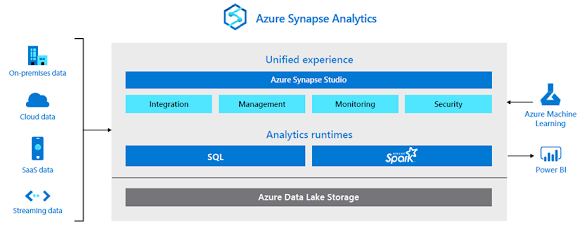6 Security & Compliance Features of Microsoft Team
Microsoft Teams is one of the latest and fastest growing applications included in Office 365. Microsoft has already announced they’ll be replacing Skype with the Teams application. With MS Teams
- Communicate in the moment and keep everyone in the know.
- Stay connected with chat, calls, and meetings within your team and in private or small group conversations.
- Schedule and join online Skype meetings with HD video, VoIP, and dial-in audio conferencing options.
- Share your files, apps or desktop in online meetings and review the important moments later with transcriptions of recorded content.
- Have a dedicated phone number for placing and receiving domestic and international phone calls, with advances features including voicemail, transfer, delegation and emergency calling (e911).
- Unlike Skype, it’s very easy to integrate other applications and tools into Teams making it a great place to build your organization and stay connected.
Following sections outlines key security
features
E-Discovery
“Electronic discovery is
the electronic aspect of identifying, collecting and producing
electronically stored information (ESI) in response to a request for
production in a law suit or investigation.” The processes and technologies
around e-discovery are often complex because of the sheer volume of electronic
data produced and stored. Additionally, unlike hard-copy evidence, electronic
documents are more dynamic and often contain metadata such as time-date stamps,
author and recipient information, and file properties. Preserving the original
content and metadata for electronically stored information is required in order
to eliminate claims of spoliation or tampering with evidence later in the
litigation.
Security
& Compliance Certifications
I know, cerifitications aren’t really a
feature, but they’re important! Teams is Tier C-compliant at launch. This
includes the following standards: ISO 27001, ISO 27018, SSAE16 SOC 1 and SOC 2,
HIPAA, and EU Model Clauses (EUMC). Within the Microsoft compliance framework,
Microsoft classifies Office 365 applications and services into four categories.
Each category is defined by specific compliance commitments that must be met
for an Office 365 service, or a related Microsoft service, to be listed in that
category. Services in compliance categories C and D that have industry-leading
compliance commitments are enabled by default. Services in categories A and B
come with controls to turn on or turn off these services for an entire organization.
Details can be found in the Compliance
Framework for Industry Standards and Regulations. Microsoft Teams also
supports Cloud Security Alliance compliance.
Integrating different apps and tools with
Microsoft Teams allows an organization to keep everything in one place. Chat,
calls, projects, OneNote, etc. Teams becomes a critical point in the
organization for security, compliance, and regulation. Since Teams is built
into Office 365 you can use the Security & Compliance admin centre to
configure e-Discovery and compliance, as well as, perform administrative
searches.
Legal
Hold
Microsoft Teams can be configured with ‘Legal Hold’. Once a legal hold is enabled you can make sure all information and interactions within Teams is kept indefinitely so someone can search and export the evidence for the court of law. Litigation Hold will maintain a copy of the data even after it has been deleted. A user can still delete the content as they’d expect, but Microsoft will continue to retain the data in a hidden location only administrators can access.
Compliance
Content Search
Compliance Content Search allows
administrators to search for information across the Team application. Using
complex queries an administrator can find information pertaining to a specific
incident or legal matter. Content search is designed for performance &
scale. It won’t matter if you have 5 users and 2 years’ worth of data or 10,000
users and 10 years of data. The search can provide fast, and accurate results.
Data
location
Data in Teams resides in the region based
on tenant affinity. Currently, Teams supports the Americas, EMEA, and APAC
regions. This will meet certain countries requirements to keep data local. The
data can move to other locations without any user intervention. If your data is
kept on the east coast, but a large storm is incoming, your data will be
transferred to the west coast.
As of November 1, 2017, Teams offers data
residency in the United Kingdom for new tenants only. A new tenant is defined
as any tenant that hasn’t had a single user from the tenant sign in to
Microsoft Teams.
Privacy
“As a customer of Office 365, you own and control your data. Microsoft does not use your data for anything other than providing you with the service that you have subscribed to. As a service provider, we do not scan your email, documents, or teams for advertising or for purposes that are not service-related. Microsoft doesn’t have access to uploaded content. Like OneDrive for Business and SharePoint Online, customer data stays within the tenant.”
If
you are interested in MS Teams or SharePoint related solutions then, please
contact Prometix – enquires@prometix.com.au


Comments
Post a Comment